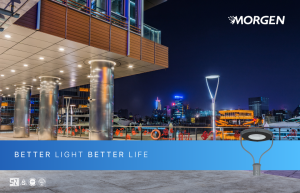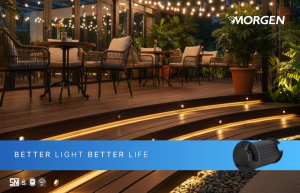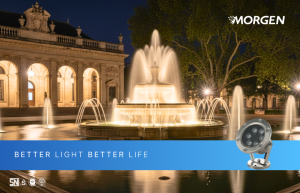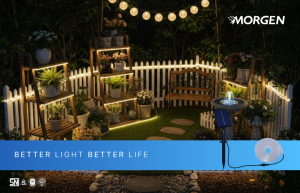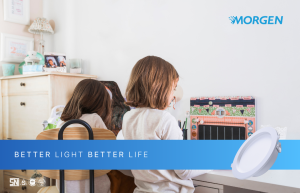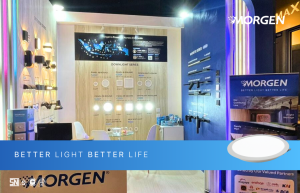LED lights not only provide benefits in energy efficiency and good lighting but can also affect our sleep quality and overall wellbeing. Here are some impacts to consider:
Color Temperature and Sleep Rhythm: LED lights with higher color temperatures, especially those in white or blue tones, can disrupt our body’s natural rhythm. This light affects the production of melatonin, a hormone that helps regulate our sleep-wake cycle. To maintain good sleep quality, it is recommended to use LED lights with warmer color temperatures in the evening.
Blue Light and Eyes: LED lights emit higher levels of blue light compared to traditional incandescent bulbs. Excessive blue light can cause eye fatigue, strain, and sleep disturbances. To reduce its impact, choose LED lights with lower blue light emission or use blue light filters on electronic devices such as smartphones or tablets.
Influence on Mood and Wellbeing: Proper lighting can impact our mood and overall wellbeing. LED lights with adjustable light intensity (dimmable) allow us to create a comfortable and relaxing atmosphere at home. Implementing warmer and softer lighting in the bedroom or living area can help create a calmer and more relaxed environment.
UV Radiation Reduction: LED lights generally produce lower levels of UV radiation compared to incandescent bulbs. This reduces the risk of excessive UV radiation exposure to our eyes and skin.
It is important to pay attention to the use and setting of LED lights in our sleeping environment. Using LED lights with the right color temperature, adjusting light intensity appropriately, and protecting our eyes from excessive blue light can help maintain good sleep quality and enhance overall wellbeing.

